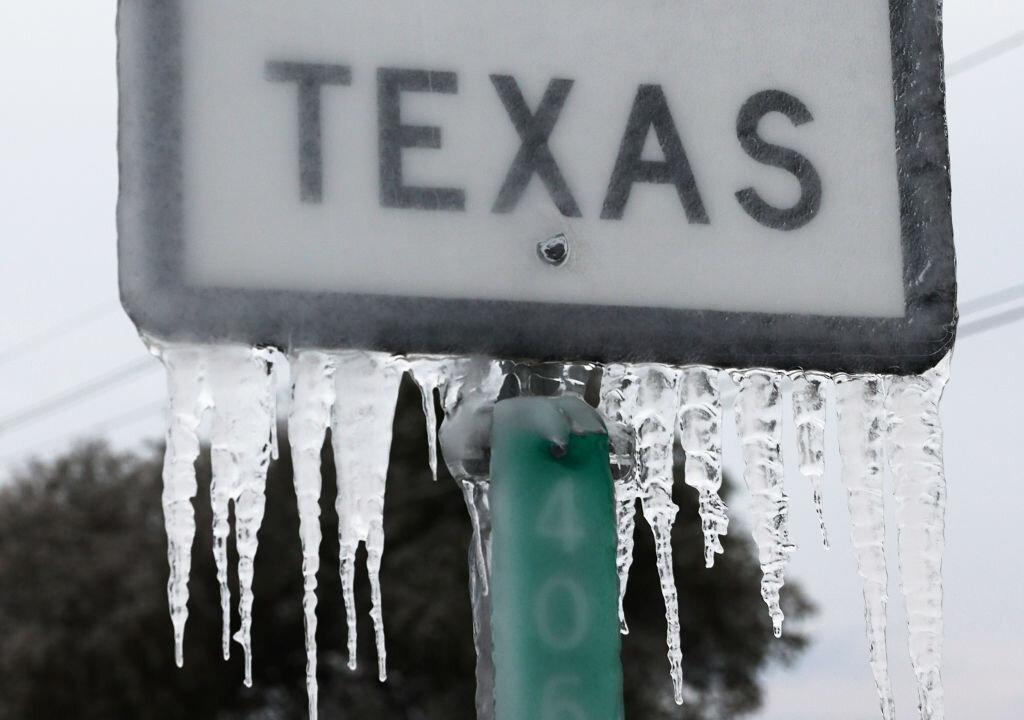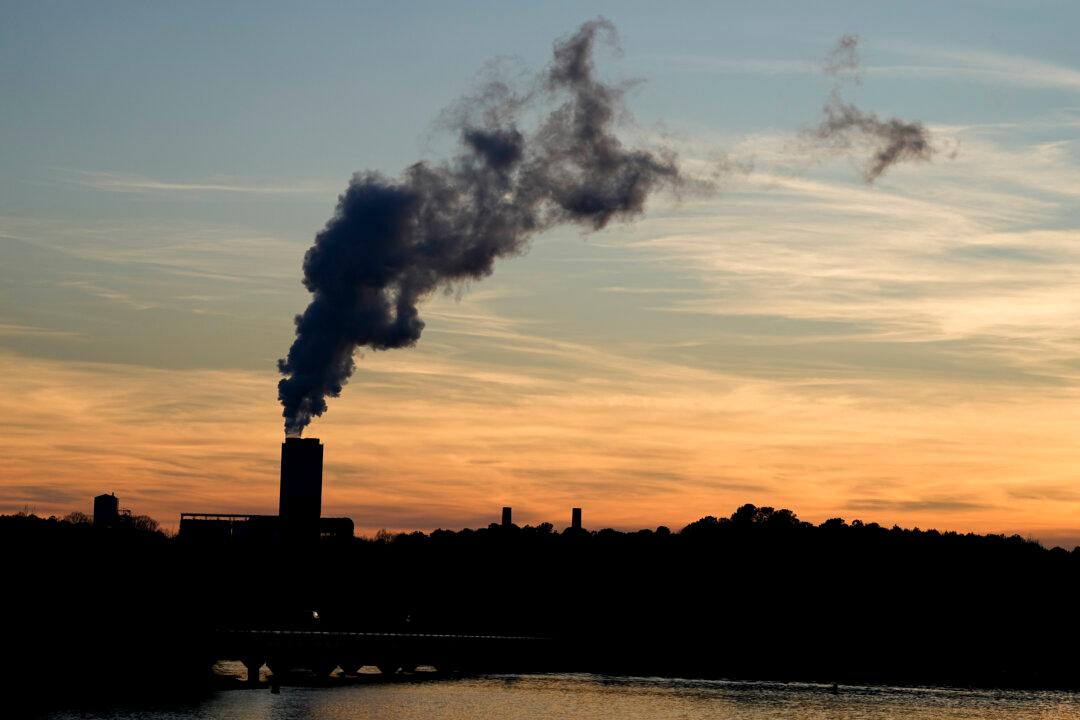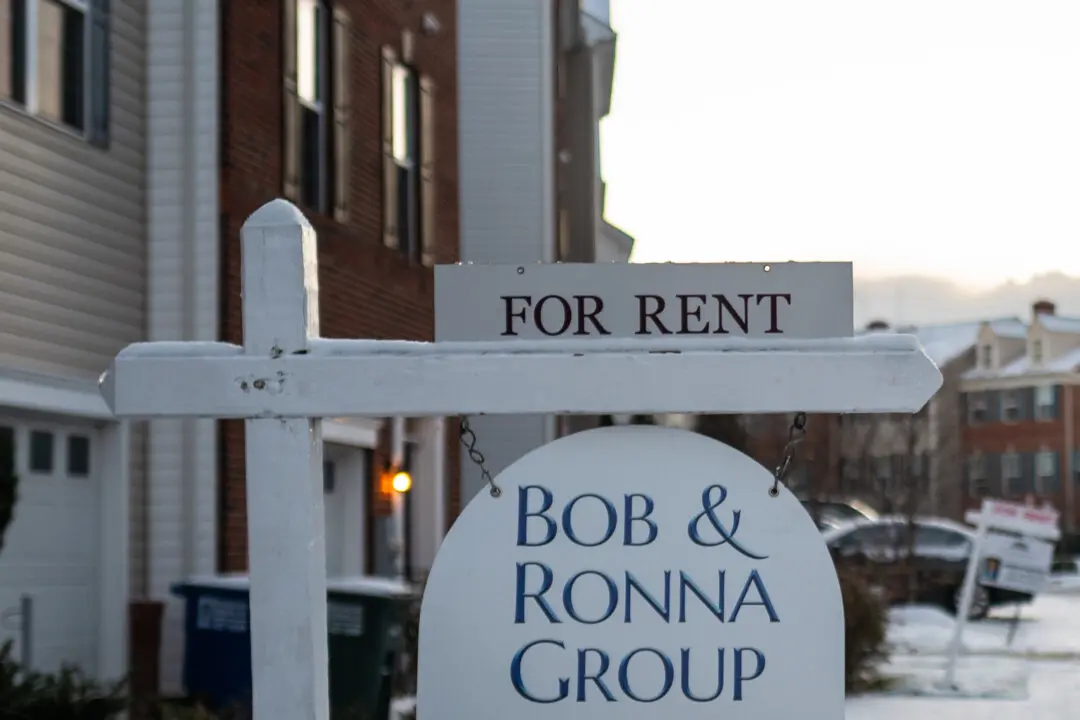Thousands of Texas citizens are waiting for their power to return after last week’s winter weather disruptions, with a major energy company warning that the wait could last until the end of this weekend.
On Friday, over 350,000 Texans were without power as the sleet and freezing rain from an ice storm weighed down on trees and power lines. On Monday, many of these disruptions were resolved. However, several thousands of homes were yet to get power back online. As of 09:48 a.m. ET, Feb. 7, 11,933 customers in Texas were out of power, according to data from poweroutage.us.





